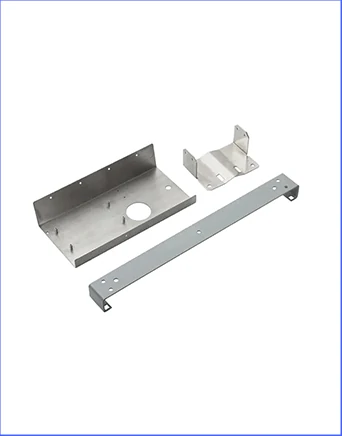Time to read: 6 min

Steel is an indispensable material in various industries due to its strength and versatility. Understanding the differences between hot rolled and cold rolled steel is crucial for selecting the right material for specific applications. This comprehensive guide explores the properties, benefits, limitations, and applications of both types of steel.
Introduction to Hot Rolled and Cold Rolled Steel
Steel is available in various grades, shapes, and finishes, each with unique properties. Hot rolled and cold rolled steel are two main categories of rolled steel, each suitable for different applications due to their distinct properties.
What is Hot Rolled Steel?
Hot rolled steel is produced using extreme heat treatment, resulting in a scaled surface and slight distortions. The hot-rolling process involves pressing molten steel at high temperatures, allowing for easier forming and reshaping.
Properties of Hot Rolled Steel:
- Scaled surface
- Slight distortions
- Slightly rounded corners and edges
Benefits of Hot Rolled Steel:
- Lower cost
- Little to no internal stresses
- Easier workability
Drawbacks of Hot Rolled Steel:
- Dimensional defects
- Rough surface texture
- Slight distortions
Common Uses of Hot Rolled Steel:
- Automobile parts
- Agricultural equipment
- Railway equipment
- Construction materials
What is Cold Rolled Steel?
Cold rolled steel is hot rolled steel that has undergone further processing at room temperature, resulting in a smoother surface, greater strength, and higher precision.
Properties of Cold Rolled Steel:
- Smooth surfaces with an oily-like touch
- Better finish qualities and tighter tolerances
- Well-defined edges on square bars
- Better straightness and concentric uniformity in tubes
Benefits of Cold Rolled Steel:
- Better surface properties
- Greater strength
- Higher precision
- Various surface finishes
Drawbacks of Cold Rolled Steel:
- More expensive
- Internal stresses
- Fewer shapes available
Common Uses of Cold Rolled Steel:
- Aerospace parts
- Mechanical components
- Home appliances
- Rods, bars, strips, and sheets
- Metal furniture structures
Main Differences Between Hot Rolled and Cold Rolled Steel
The comparison between hot rolled and cold rolled steel reveals differences in tensile strength, yield strength, elongation, reduction of area, and hardness. Hot rolled steel is processed at high temperatures, while cold rolled steel is processed at room temperature.
Key Differences:
- Appearance and Surface Quality
- Recrystallization Point
- Steel Strength and Hardness
- Internal Stresses
- Distortions
Hot Rolled vs Cold Rolled Steel: Which is Cheaper?
Hot rolled steel is typically less expensive than cold rolled steel due to the absence of additional processing steps.
Should I Choose Hot Rolled Steel or Cold Rolled Steel?
The choice between hot rolled and cold rolled steel depends on factors such as the application of the final product, required strength and precision, and budget considerations.
Unofactory: Quality Steel Parts Manufacturer
Unofactory specializes in manufacturing custom metal parts for various industries using high-quality cold rolled steel or hot rolled steel. Our technicians have in-depth knowledge of steel parts manufacturing and provide automated DfM analysis and instant quotes upon uploading your CAD files.
Conclusion
Understanding the properties, benefits, and applications of hot rolled and cold rolled steel is crucial for selecting the appropriate material for your project. Working with a top-quality manufacturing company like Unofactory ensures efficient and effective project completion.




